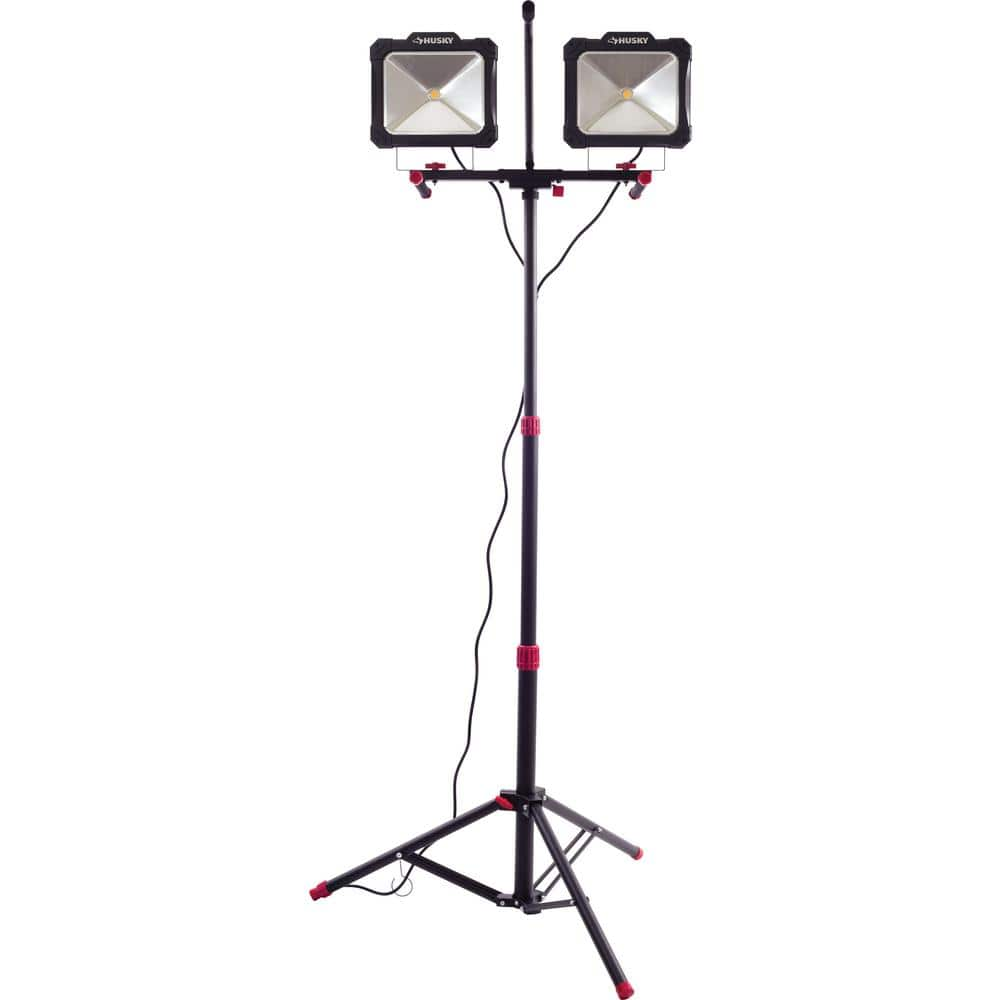Commercial Electric 2 ft. 400-Watt Equivalent 18,000 Lumens 171-Watts Integrated LED Dimmable White High Bay Light 120-277 Volt 5000K
Mounting height 16ft to 24ft by suspending, ceiling, stem mount. 0 to 10 Volt dimming capability, 120-277v, lasts 60000 hours. High temperature rated for environments up to 113 degrees.
Commercial Electric 2ft. High Output Integrated LED Linear High Bay is the perfect replacement for those power-draining 400-Watt Metal Halide or T8 fluorescent tubes. Constructed of a robust durable design, it is shatter-resistant, with no hot spots and will not discolor over time. There are 3 mount options: Suspension, Surface and Stem installation. With its superior energy-efficient light engine, this high bay is maintenance free with no bulbs to replace for up to 60,000 hours of continued use. Ideal applications are large garage, shipping/receiving, warehouse and aisles, large commercial retail stores or sports facility.
- Replaces outdated 400 Watt metal halide and (6) T8 fluorescent tubes
- Suggested mounting height is 16ft. to 24ft. for optimal light coverage
- 18,000 Lumens of brightness using 171 Watts of electricity
- 5000K Daylight color temperature of light output
- 0-10 Volt DIMMER SWITCH ONLY – Requires separate low-voltage wiring run
- Multi-Volt 120-277 Volts
- Suitable for damp locations
- Maintenance free with no bulbs to replace
- Lasts up to 60,000 hours
- 5 year warranty
Additional information
| Dimensions | H 3.62 in, W 12.60 in, D 24.72 in |
|---|---|
| Product Height (in) | 3.62 |
| Product Length (in) | 24.72 |
| Product Width (in) | 12.6 |
| Certifications and Listings | FCC Listed, UL Certified |
| Manufacturer Warranty | 5 years |






by David
The lights are good quality. There was one problem we had was procurement of more than 8 lights was difficult. When we asked for a volume discount we were denied. It is offered but lead times were not acceptable for our customers needs. Costs were up to 8 % more.
by Sully
These are fantastic lights!! I bought 4 and they light up the garage like it’s daytime!!
by Bill
Very bright. Using it in an office setting with 18ft ceilings. Perfect!